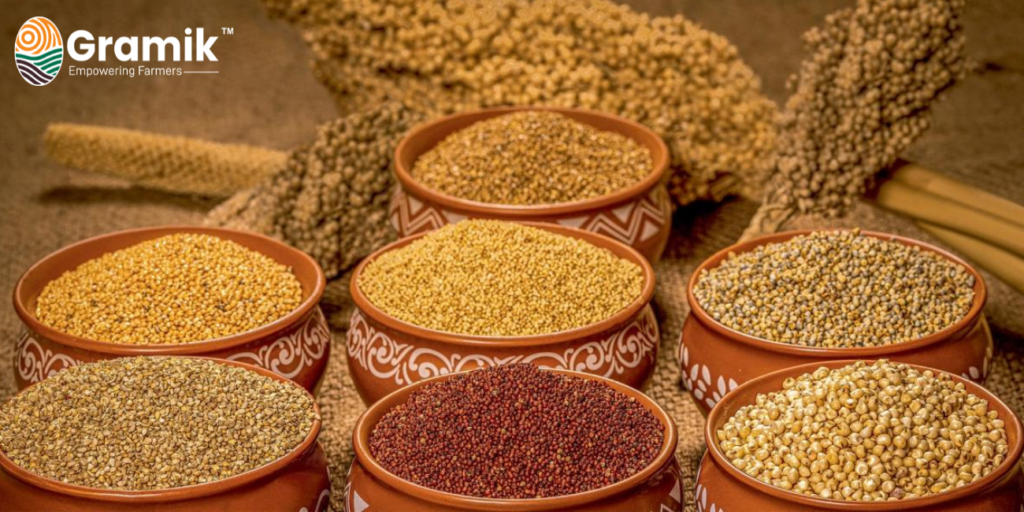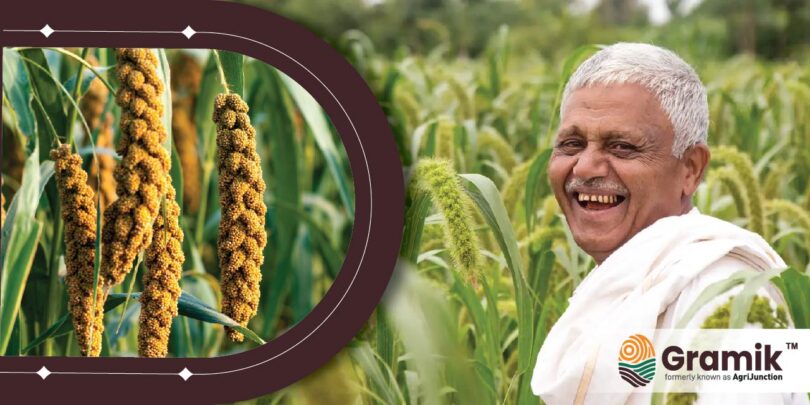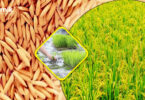Millets are a group of small-seeded grasses that have been cultivated for thousands of years across many parts of the world. In India, millets have been a staple crop for centuries and have played an important role in the food security of the country.
Despite being a crucial crop, the cultivation of millets has declined over the past few decades due to various reasons. However, with increasing awareness of the benefits of millets, there has been a renewed interest in their cultivation.
 Millets are known for their resilience and adaptability to harsh environments. They can grow in a variety of soil types, require minimal water and inputs, and have a short growing season.
Millets are known for their resilience and adaptability to harsh environments. They can grow in a variety of soil types, require minimal water and inputs, and have a short growing season.
This makes them an ideal crop for smallholder farmers in India, who often have limited resources and face frequent droughts and other weather-related challenges.
Millets also have several nutritional benefits. They are rich in dietary fiber, vitamins, and minerals, and are gluten-free. They have a low glycemic index, which means that they do not cause spikes in blood sugar levels, making them suitable for people with diabetes.
Moreover, millets have been found to have several health benefits, including reducing the risk of heart disease, cancer, and obesity.
The cultivation of millets can also have environmental benefits. Millets are drought-resistant, which means they require less water than other crops. They can grow in poor soil, reducing the need for fertilizers and pesticides. Moreover, the deep roots of millets can help improve soil fertility and prevent soil erosion.
In recent years, the government of India has also taken several steps to promote the cultivation of millets. It has launched various programs and schemes to provide technical assistance, financial support, and market linkages to millet farmers.
The government has also recognized the nutritional and environmental benefits of millets and has included them in various food and nutrition policies.
Millets are an ideal crop for smallholder farmers in India, given their resilience, adaptability, and nutritional benefits. They can also have environmental benefits and can help improve the sustainability of farming practices. With increasing awareness and support from the government, the cultivation of millets can offer several benefits for farmers and consumers alike.
Post Views: 179









Leave a Comment